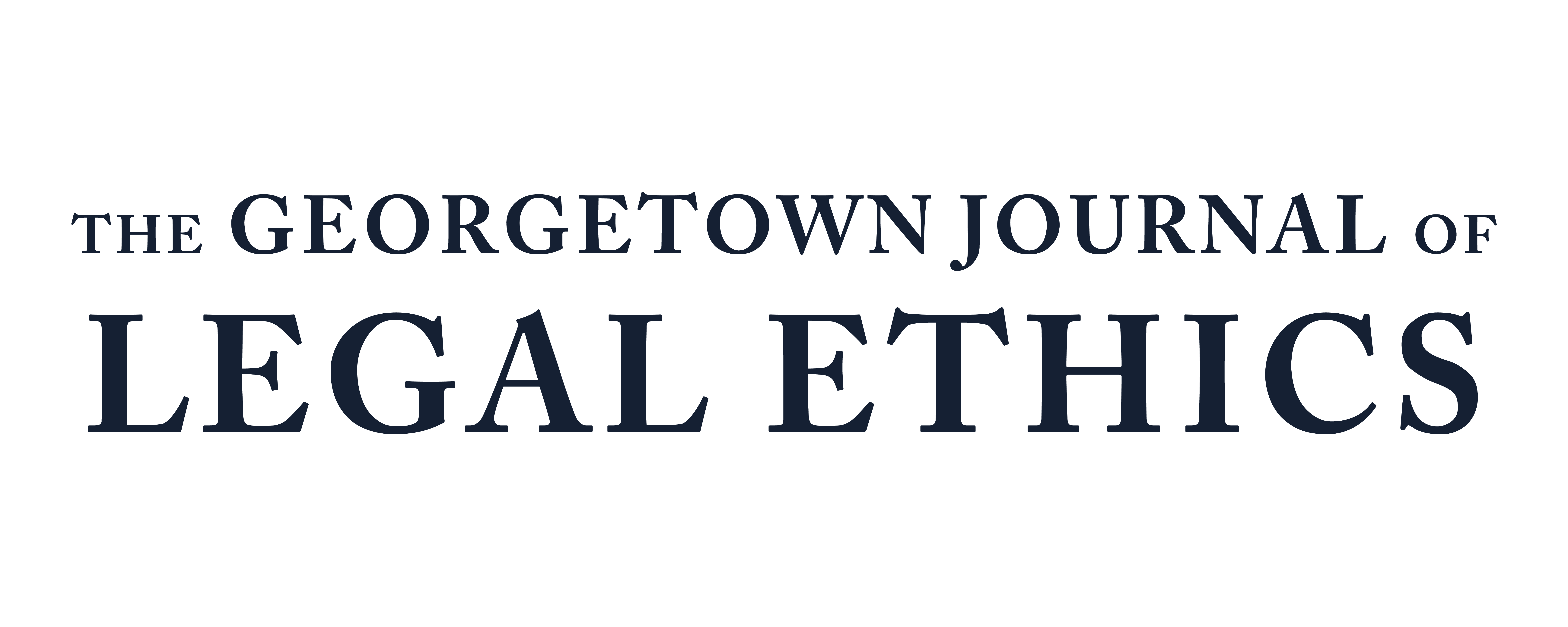Covered? Insurance Viability in the New Space Age | GJLE
In 1965, Lloyd’s of London created the first satellite insurance policy. By 2040, estimates show the commercial space industry will be a trillion-dollar business. Regulatory support, commercial innovators, a small pool of insurers—each play a crucial role in maintaining and encouraging growth in the commercial space industry. An emerging concern within each sector is the presence and proliferation of orbital debris. The Klesser Syndrome describes a future scenario of collisional cascading, and although debris mitigation is imperative, orbital debris will almost certainly increase. Mitigating the increase in orbital debris, and therefore encouraging the continued use of space, is a “vital national interest.”
In part, continued use of space is important because of the strategic and integrated role of satellites: from predicting crop yields to aiding search and rescue missions to bringing broadband communications to remote communities, satellite uses are widespread and deeply integrated in the economy. Most satellites are owned by commercial operators. As the proliferation of orbital debris forces the government and commercial operators to respond to this existential threat, recognizing where the law falls short and where ethical considerations help moving forward is necessary to address the orbital debris problem.
In 2018, The White House addressed the proliferation of orbital debris with Space Policy Directive-3.8 Space Policy Directive-3 outlines explicit goals to “mitigate the effect of orbital debris on space activities” and “foster continued growth and innovation in the U.S. commercial space sector.” Administrative agencies have made strides to fulfill these objectives, but the particular challenges orbital debris pose to commercial operators and their insurers have not been fully addressed.
Simply put, insurance enables commercial space development, but collision risk and increasing debris could threaten to derail this growth. Because insurance is inherently tied to both the proliferation and mitigation of orbital debris and is a crucial factor in enabling and “fostering continued growth and innovation in the U.S. commercial space sector,” ensuring insurance is viable fits within the instrumental objectives of Space Policy Directive-3.1
The Federal Communications Commission (FCC) sought comment to identify and address this very aim. Specifically, the FCC inquired about “the availability and costs of insurance” at this time, demonstrating insurance considerations and regulations may be on the horizon. Legal frameworks, collision risk, and a shrinking insurance pool have left insurers caught between high costs and a small pool, suggesting the viability of insurance is uncertain.
This Note ultimately argues that orbital debris are problematic, in part, because commercial operators and insurers bear acute and cumulative risks: collision risk is increasing, existing legal frameworks shift costs of in-orbit loss to operators or their insurers, and the insurance pool is shrinking. This Note will begin by examining the background and government response to orbital debris proliferation, followed by an examination of where the government has fallen short in addressing the problems orbital debris poses to insurers and commercial operators. In addressing this rapidly changing industry, this Note will argue that the Model Rules of Professional Conduct act a guidepost to addressing the orbital debris problem while remaining within the confines of Space Policy Directive-3. Finally, this Note will propose adopting an insurance approach similar to the Commercial Space Launch Competitiveness Act of 1984.
Subscribe to GJLE

